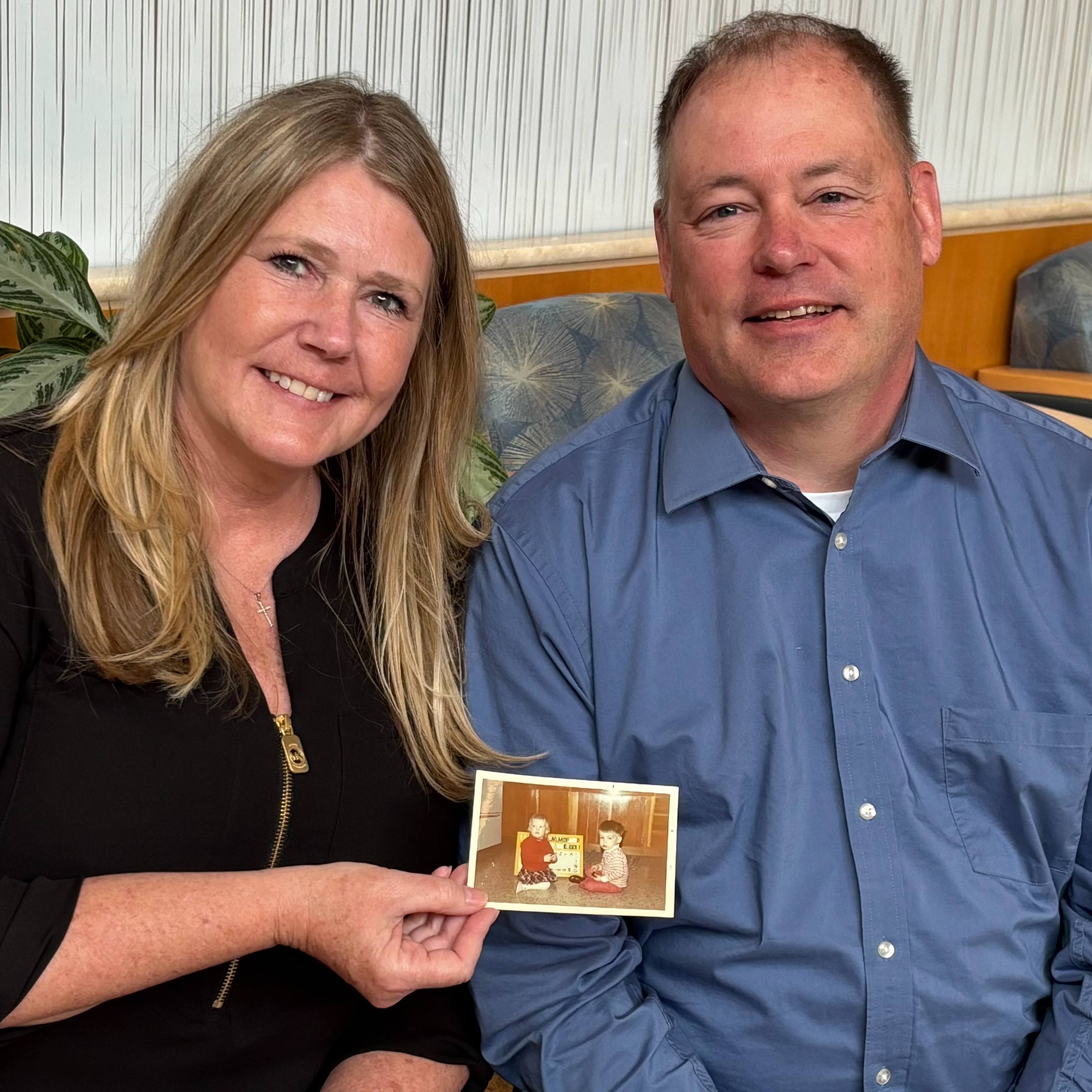-

Mayo Clinic, USA Hockey to Youth Hockey Players: ‘Heads Up, Don’t Duck’
ROCHESTER, Minn. — As youth hockey players careen toward the boards, it is almost instinctive for them to duck their heads. But that is exactly the wrong thing to do. Experts say that this fast, powerful and physical sport can be safer if players follow some simple advice. USA Hockey, the national governing body for the sport, worked with Mayo Clinic to release a video with animation demonstrating the dangers of players ducking their heads as they crash into the boards during play. A training program called "Heads Up, Don't Duck" teaches players to automatically choose the safest posture for impact.
MULTIMEDIA ALERT: "Heads Up" animation and video of Dr. Stuart is available on the Mayo Clinic News Network.
With more than a half-million U.S. children playing the sport, there is a renewed push to keep them from getting hurt. In collaboration with USA Hockey, the Mayo Clinic Sports Medicine Center has been collecting catastrophic hockey injury data since 2008. Cervical spine fractures are the most prominent injury in the database, and the spine and head are the two most injured body parts.
"If you are going to collide with the boards, try to take the impact with any part of your body other than your head," says Michael Stuart, M.D., orthopedic surgeon, co-director of Mayo Clinic's Sports Medicine Center and chief medical officer for USA Hockey. "If you can't avoid head contact, always keep your head up and don't duck. When the head is up, the normal curvature of the spine has more shock-absorbing ability. When the head is down, the spine is straight, which makes it more susceptible to fracture that can damage the spinal cord."
Dr. Stuart also believes neck flexibility and strengthening exercises may further protect players.
"Improved neck flexibility and strength may help you better absorb forces, protect the neck, and possibly even protect the brain from concussion," says Dr. Stuart. "The bottom line is: Avoiding contact to the head is the most effective strategy."
Media Contact: Bryan Anderson, 507-284-5005 (days), newsbureau@mayo.edu







